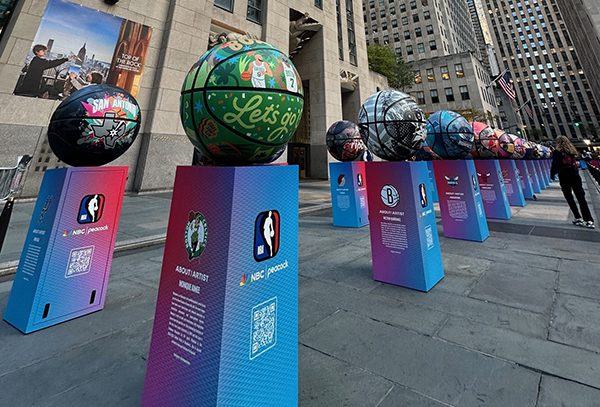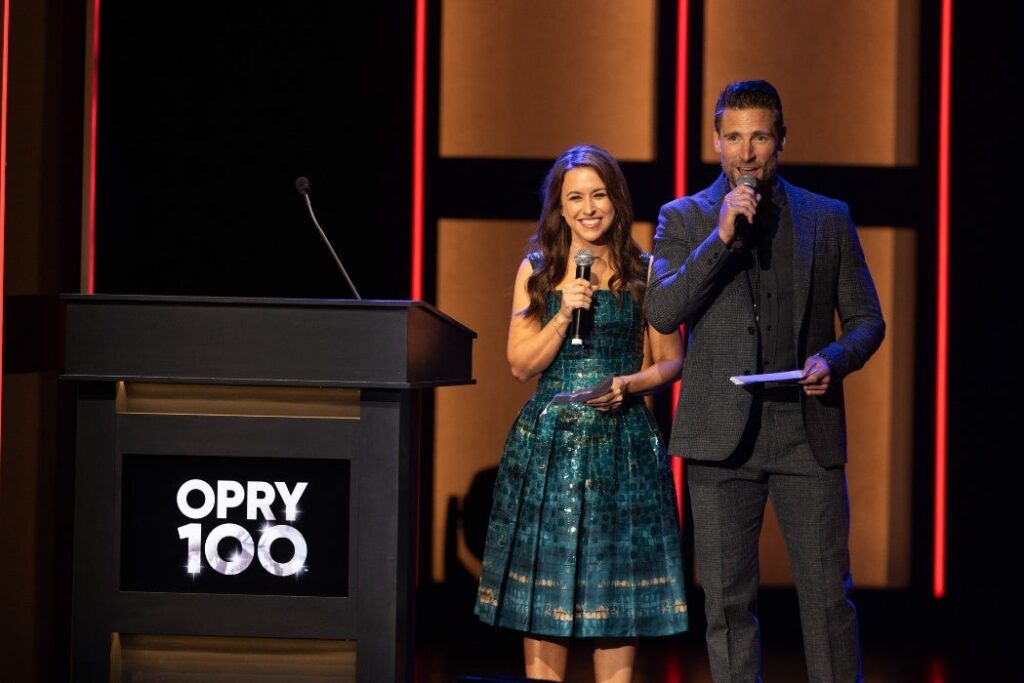
A new study, commissioned by promotion and experiential agency Moosylvania, found that the majority (80%) of smartphone users surveyed used apps. But of the 300,000 or so apps on the market only about a handful dominate.
While 30 apps were reported as the norm, most mobile users (85% men and 75% women) actually used only about 10 apps on a regular basis. This could be discouraging news for marketers. Just to gain adoption it takes tremendous functionality, usability and media, along with a bit of luck. Free helps too. Some 44% of app users said that all, or nearly all, of their apps were free.
Even so, the most popular categories of purchases on smartphones are apps (38.8%), tickets (24.1%) and consumer goods (23%), followed by services (18%) and food (13%).
Some companies—simply based on their business model—will achieve much higher benefits from the technology than others.
Simon Property Group—and its 393 properties and thousands of retailers —is one such beneficiary. In October, just in time for the holiday season, it launched the Simon iPhone app, which provides a variety of retailer promotional offers, information and services to any smartphone users who happen to make up the 3 billion visits to the company’s properties each year.
“Brand sponsored mobile apps should overcompensate on what consumers need—and not be too self-serving,” Norty Cohen, CEO of Moosylvania said. “You don’t necessarily need to be in the top 30 to be successful. Marketers need to understand that just having an app isn’t the total answer—they’ll need to combine it with other branding, promotion and experiential efforts to make it successful. It is a highly targeted, long-term strategy. It is definitely growing in popularity—but this doesn’t necessarily translate into a huge audience for every app.”
In the Moosylvania study, among male respondents, the top 10 apps cited were Google Maps (14%), Facebook (13%), Pandora (6%), Weather (3.2%), ESPN (3.1%), Angry Birds (2.0%), Words With Friends (1.4%), Shazam (1.3%) and Yahoo (0.9%). Twitter and Yelp! tied for 10th place (0.8% each).
The top 10 picks for females were Facebook (27%), Google Maps (7%), Weather (5%). Pandora (4.5%), Twitter (2.9%), Google (2.5%), Words With Friends (2.4%), Shazam (1.4%) and Solitaire (1.1%). Bank of America and Calendar tied for 10th place (0.9% each).
“Making it to the list of apps on a consumer’s phone is akin to being on their desktop five years ago—it’s personal connectivity at the highest level,” Cohen said. “The creative opportunity is incredibly rich. There is virtually no limit to what you can do – that’s why everyone is jumping in. Ultimately, consumer involvement in your brand may trump the limited reach, making an app a strong option.”
Apps may be the much talked about promotional tools, but according to the survey respondents, almost half (48%), indicated they used the Internet more often than apps on their mobiles.
The study was designed by Great Questions, LLC and fielded by First Choice Facilities Research. It polled 7,000 respondents—split equally among men and women—99% ages 18+. Of those 7,000 respondents, 61% use a smartphone. It was fielded between Oct. 2 and Nov. 2, 2010.



